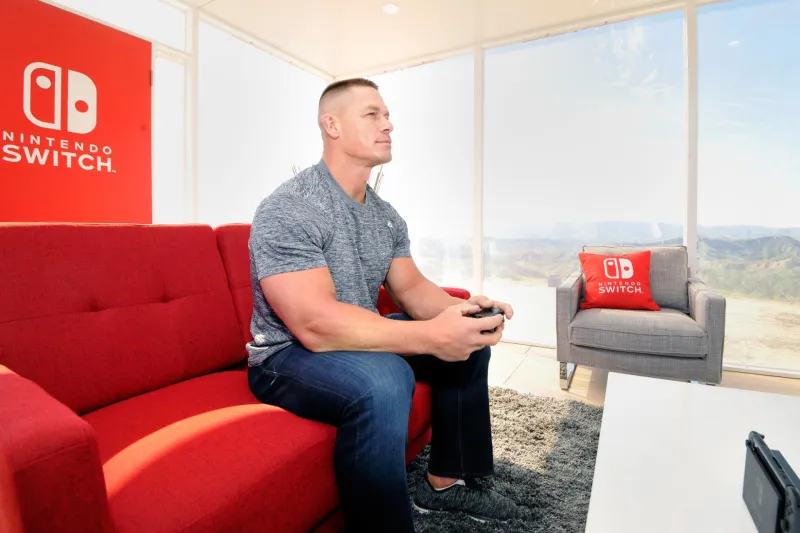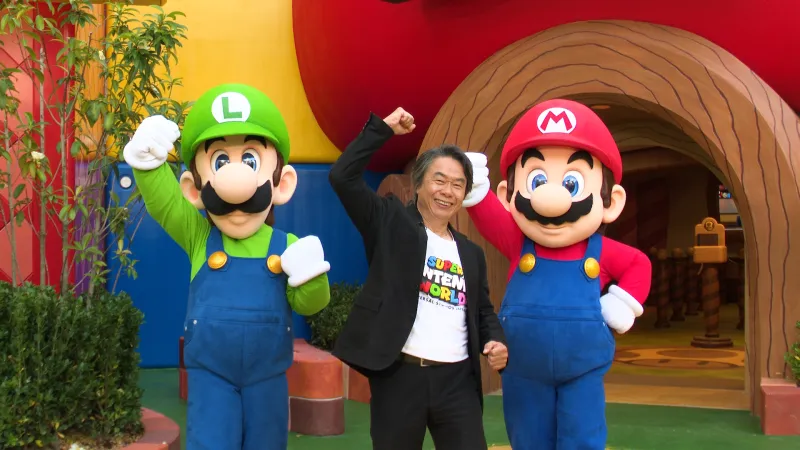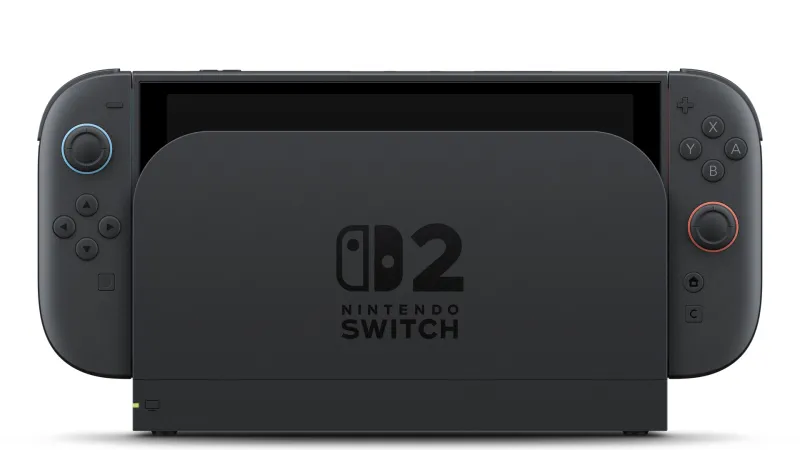Nintendo holds a special place in my heart. I know that’s nothing special; after all, Nintendo holds a special place in the heart of nearly anyone who has ever played a video game. However, after the end of the Nintendo Wii lifecycle and the entirety of the Nintendo Wii U era, I worried that maybe I had outgrown the franchises and consoles that once defined my gaming fandom. Sure, the Nintendo 3DS still fired on many cylinders, and the Wii U had an underrated library, but it didn’t feel like the same degree of magic the company once had. But now, as we phase out the Wii U’s successor, the Nintendo Switch, it’s safe to say that magical feeling and passion I felt in my formative gaming years are back.
I’ll never forget the first time I played a Nintendo game. I couldn’t have been more than 3 or 4 years old when we went to my aunt and uncle’s house. After exchanging pleasantries, they wanted to show me their new toy and said I could play with it. That toy turned out to be a Nintendo Entertainment System. They only had two cartridges – Super Mario Bros./Duck Hunt and Tetris – but that was enough. I was immediately enthralled, and by the time I played games like The Legend of Zelda and Bubble Bobble at another family member’s house, I was hooked for life.
As the generations progressed, getting a new Nintendo console always felt like a life event. Opening my Super Nintendo on Christmas morning; doing extra chores to save up for a Nintendo 64; and arriving at Best Buy at the exact right time to secure a Wii at the height of its popularity. The thing about buying a Nintendo console isn’t just that you get to experience some degree of innovation in the gaming space – you’re entering the gateway to the exclusive home of the most prolific and impactful developer in the industry’s history. For decades, that fact alone carried Nintendo. However, when the 3DS arrived with tepid reception and the Wii U failed to ride the momentum of its predecessor, the Kyoto-based company had an uphill climb.

The Switch immediately differentiated itself from the confusing naming convention and half-step innovation of the Wii U. This was an entirely new line of products from Nintendo, and its screen could function completely separate from anything that was connected to your television. But for me, it signaled the end of one era, where Nintendo was forced to support two platforms simultaneously, and the beginning of a new time when the entire stable of developers could focus on one system, unlocking the potential for an unrivaled library.
And that proved to be true, as developers no longer had to choose between creating a game for Nintendo’s dedicated handheld device or its home console. That split proved troublesome as we would sometimes go months without a noteworthy release on Wii U, particularly at the end of its lifecycle. Instead, the Switch enjoyed very few months without a substantial release, always giving players something to at least consider adding to their library.
But it wasn’t just quantity that helped buoy the Switch. Most of Nintendo’s tentpole and obscure franchises landed on the hybrid system, and for several of them, it was either the definitive entry in that series or at least one that’s near the top of most people’s rankings. Games like Mario Kart 8 Deluxe, Animal Crossing: New Horizons, Super Smash Bros. Ultimate, and Super Mario Party Jamboree brought those long-running franchises to new levels, while Nintendo’s two most iconic series received transformative new entries like The Legend of Zelda: Breath of the Wild, The Legend of Zelda: Tears of the Kingdom, Super Mario Odyssey, and Bowser’s Fury, the additional pack-in to Super Mario 3D World on Switch.

This was also reflected in the incredible sales Nintendo experienced during this phase. The Switch is the third best-selling gaming platform of all time (behind only the PlayStation 2 and Nintendo DS), Mario Kart 8 is a top-five-selling game ever, and many of the games represented in the Switch library are among the highest-selling entries in their franchises.
This generation also saw the decades-long wait for mainline Pokémon RPGs on consoles, as Game Freak brought Pokémon Sword & Shield and Pokémon Scarlet & Violet to big screens. Though Game Freak endured substantial growing pains with this transition, it effectively set the franchise down the path fans have been clamoring for ever since we first fired up Pokémon Red & Blue on Game Boy nearly 30 years ago.
That very concept delivered one of the first “eureka!” moments of my Switch ownership. I was on a flight to E3 2017 and wanted to play some Mario Kart. Without thinking, I pulled out my trusty 3DS and fired up Mario Kart 7, followed by Mario Kart: Super Circuit. Midway through a race, I suddenly realized I no longer needed to compromise just because I wanted to play portable. Within minutes, I had my Switch in hand and was racing around Mario Kart 8 Deluxe, enjoying a console-quality experience in the palm of my hands at 35,000 feet.

Moments like that and Nintendo’s success clearly inspired other platform holders. The Steam Deck, the ROG Ally, the planned Xbox handheld device, and, in a different way, the PlayStation Portal all capitalize on the success of the Switch and the way it reprogrammed gamers’ brains to expect better from their on-the-go gaming systems. The age of the dedicated handheld may be dead, but every major platform holder has some device – either released or in development – to allow their games to be played in a portable form factor. Nintendo is often criticized for lagging behind the technology of other platform holders, but make no mistake: Switch blazed the trail that each of its competitors is now walking down.
But this era has been incredible for Nintendo, even extending beyond the Switch. This wasn’t just the time of Nintendo’s best-selling home console of all time and arguably its greatest software lineup of any platform to date; it was also the age of the company expanding out in ways it seldom had before. This was the era when Nintendo jumped into blockbuster filmmaking with both feet, an age that saw it create real-world monuments to its most beloved creations through theme parks, and allowed fans to interact in new ways, like Legos and even more dedicated storefronts.
The last eight years have further solidified why Nintendo is all but synonymous with the games industry. It showed that even when the company faces a downturn or goes on a losing streak of sorts, it not only can bounce back, but it inevitably will. The games industry is better when Nintendo is thriving, and despite the myriad hardships this industry faces at present, Nintendo’s success is the tide that lifts all boats.

I have to admit, after eight years with the Switch, I’m slightly sad to decommission it as the Nintendo Switch 2 slots into its place. Though I had to replace my unit with a new one a few months back, I have a sentimental attachment to the platform. Even disregarding the impressive sales feats, Switch’s legacy is remarkable. I had so many terrific adventures in front of my TV or on the go as I traveled the globe. And as I look forward to the Switch 2 with great excitement and think it will be an even better platform, it will be hard to match the intangible magic of the original.


0 Comments